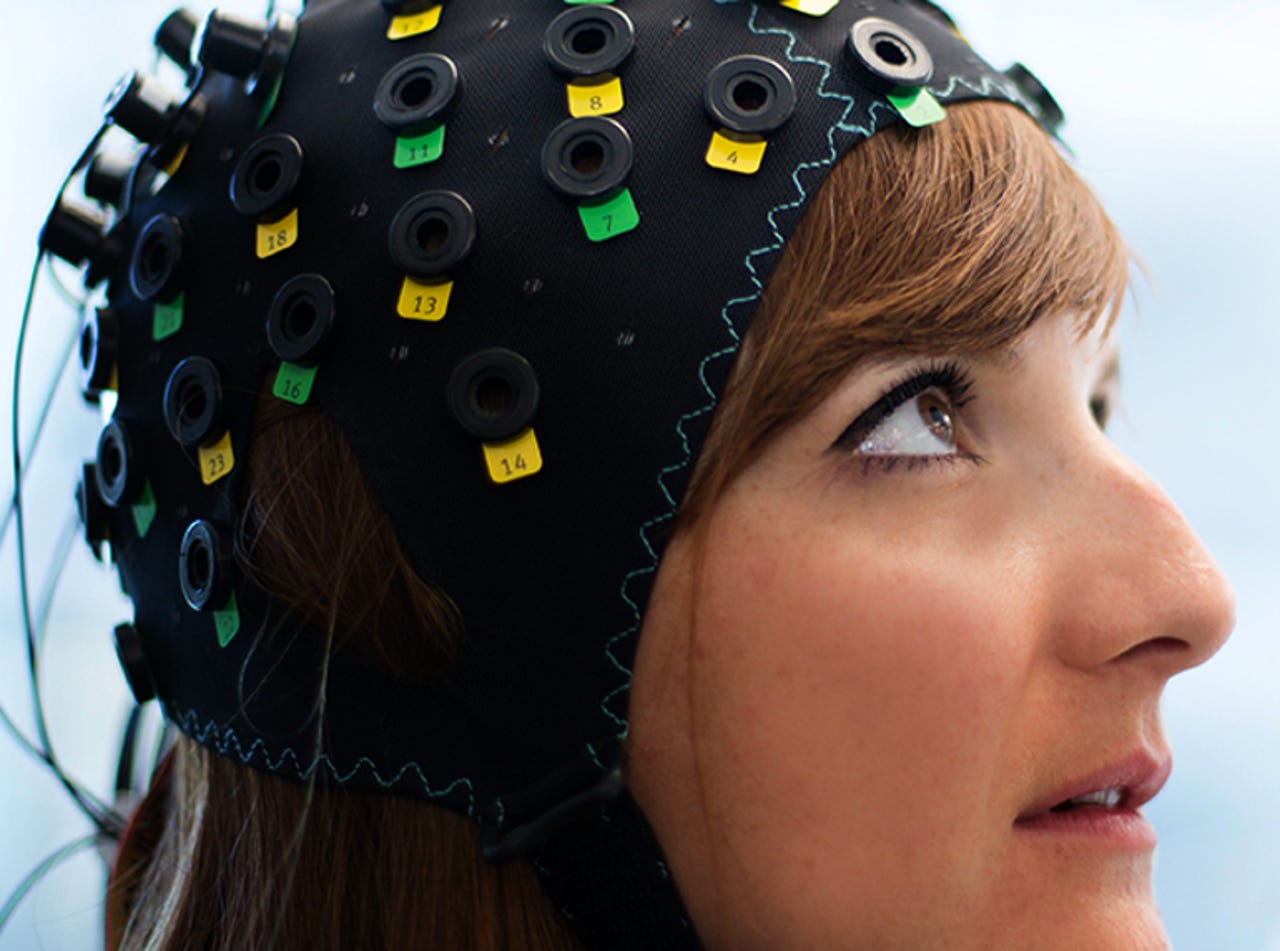Brain-computer talks to completely paralyzed patients


The brain-computer interface device is placed on the patient's head like a swimming cap.
Researchers have used a brain-computer interface to communicate with four patients whose paralysis prevents them from any communication, but who are mentally and emotionally aware.
Two of the patients were in a complete locked-in state, or CLIS, while another two were entering CLIS, where a person has lost all voluntary muscle control, removing their ability to communicate, even with a finger or eye movements.
Patients in a slightly less severe state known as 'locked-in' can still communicate with their gaze. The four patients were suffering from advanced amyotrophic lateral sclerosis, or ALS, also called Lou Gehrig's disease.
The researchers applied near-infrared spectroscopy (NIRS) to a brain-computer interface device placed on the patient's head like a swimming cap, which measures changes in electrical waves from the brain as well as blood flow.
As MIT Technology Review reports, three of the four patients replied yes in response to the statement, "I want to live". They also said yes when asked, "Are you happy?". A fourth patient was not asked open-ended questions at the request of her parents.
The patients were trained to use their frontocentral brain regions to respond to spoken questions, and "learned to answer personal questions with known answers and open questions, all requiring a yes or no thought using frontocentral oxygenation changes measured with fNIRS", the researchers note in a new paper.
"After training a classifier separating yes from no answers for several days, the patients were given feedback of their affirmative or negative response to questions with known answers and open questions over weeks."
The brain-computer interface was designed by Geneva-based neuroscientist Niels Birbaumer, whose first model was designed for people with eye muscles still intact. The new NIRS interface opens up the possibility of communicating with people who've lost control over those muscles.
According to MIT Technology Review, the answers relayed through the system were consistent about 70 percent of the time.
This development opens up a number of possibilities in communicating with completely locked-in patients, notably allowing their families to learn if the patient wants to remain alive on a ventilator.
Birbaumer said the system could also be used to determine whether patients who've been misdiagnosed as comatose are in fact conscious and aware. He also hopes it could be used to allow locked-in patients to select letters to allow expression beyond yes and no answers.